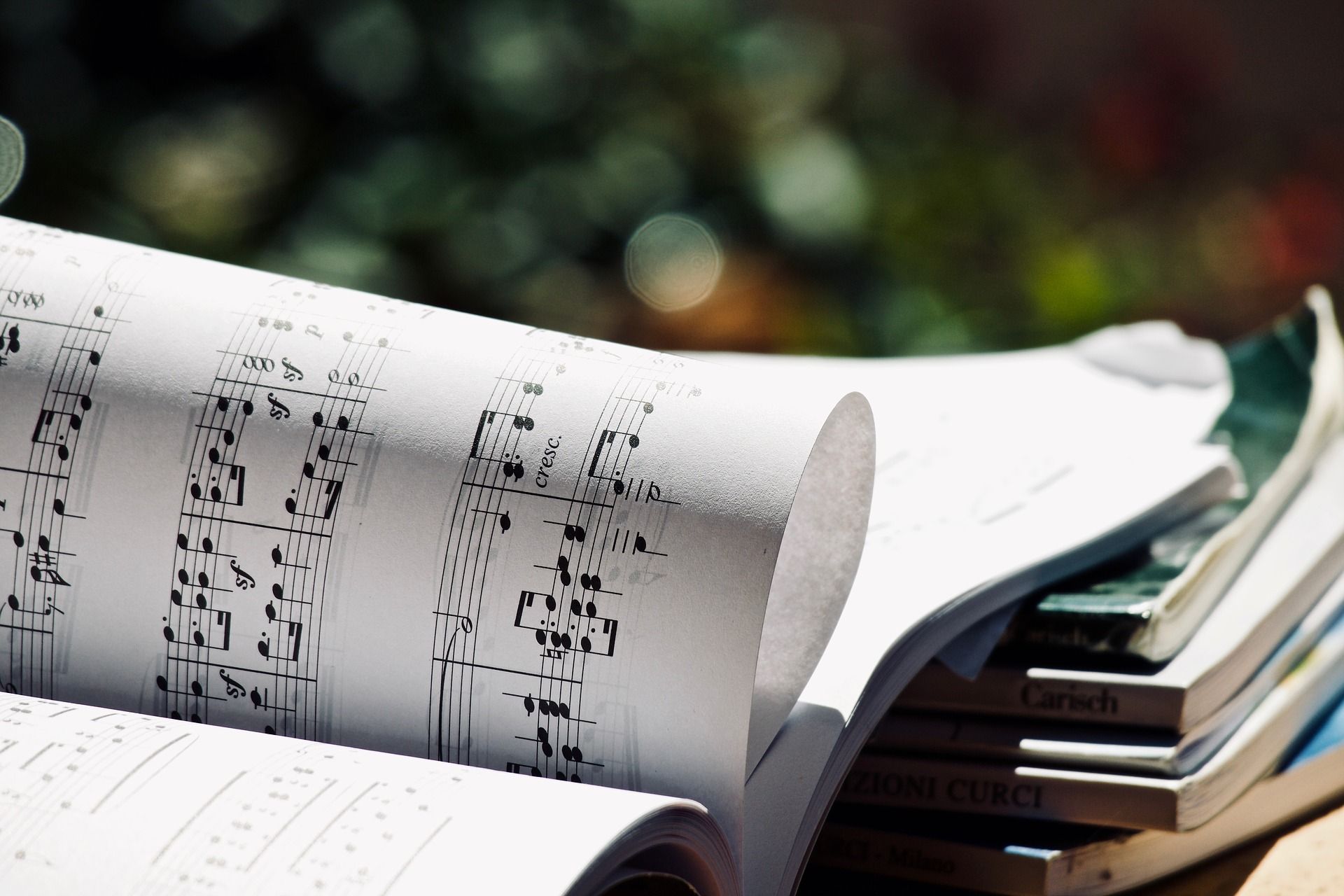Hi,
This is the third post on the Key-signature series. Here are Part 1 and Part 2
In this post I will list the key signatures corresponding to major keys using flats. That is :
- F major
- B♭ major
- E♭ major
- A♭ major
- D♭ major
- G♭ major
- C♭ major
And then discuss the technique to memorise those key signatures
List of the major key signature using ♭
The key of F major
Here is the key signature for F major :

In the following score, I wrote a F major scale with no Key-signature in the first 2 bars. Then I wrote a new key signature (F major : 1 ♭) and again, the F major scale. As you can see, once the Key-signature is written, there is no need to write the ♭ again.
The key of B♭ major
Here is the key signature for B♭ major :

In the following score, I wrote a B♭ major scale with no Key-signature in the first 2 bars. Then I wrote a new key signature (B♭ major : 2 ♭) and again, the B♭ major scale. As you can see, once the Key-signature is written, there is no need to write the ♭ again.
The key of E♭ major
Here is the key signature for E♭ major :

In the following score, I wrote a E♭ major scale with no Key-signature in the first 2 bars. Then I wrote a new key signature (E♭ major : 3 ♭) and again, the E♭ major scale. As you can see, once the Key-signature is written, there is no need to write the ♭ again.
The key of A♭ major
Here is the key signature for A♭ major :

In the following score, I wrote a A♭ major scale with no Key-signature in the first 2 bars. Then I wrote a new key signature (A♭ major : 4 ♭) and again, the A♭ major scale. As you can see, once the Key-signature is written, there is no need to write the ♭ again.
The key of D♭ major
Here is the key signature for B major :

In the following score, I wrote a D♭ major scale with no Key-signature in the first 2 bars. Then I wrote a new key signature (D♭ major : 5 ♭) and again, the D♭ major scale. As you can see, once the Key-signature is written, there is no need to write the ♭ again.
The key of G♭ major
Here is the key signature for G♭ major :

In the following score, I wrote a G♭ major scale with no Key-signature in the first 2 bars. Then I wrote a new key signature (G♭ major : 6 ♭) and again, the G♭ major scale. As you can see, once the Key-signature is written, there is no need to write the ♭ again.
The key of C♭ major
Here is the key signature for C♭ major :

In the following score, I wrote a C♭ major scale with no Key-signature in the first 2 bars. Then I wrote a new key signature (C♭ major : 7 ♭) and again, the C♭ major scale. As you can see, once the Key-signature is written, there is no need to write the ♭ again.
How to memorise this list ?
If you know the key, and want to write the key signature :
The first thing to know, is your major scales. (If you know the A♭ major scale, you know that it's spelled a♭-b♭-c-d♭-e♭-f-g-a♭. There is 4♭, end of the story.)
The second thing to know, is the order of the flats. It starts with B♭, and then goes down a perfect fifth, so you get to E♭, and then down a perfect fifth, so you get to A♭, and so on. The list of sharps is : B♭-E♭-A♭-D♭-G♭-C♭-F♭
You can now write the flats (in A♭ major, it would be 4 ♭) using the right order.
If you know the key signature, and want to know the key :
If there is only 1 flat, the corresponding major key s F.
If there is 2 flats or more,
Take the penultimate flat of the key signature : that's the major key corresponding to the key signature.
For example, if you have a key signature with 5 flats (B♭-E♭-A♭-D♭-G♭), the penultimate flat is D♭. So the major key we're in is D♭ major.
(as previously said, we will see later that the same key signature can be used for a minor key).
See you in next post where we'll cover minor keys.
Sebastien
Check out the other articles in this series:
-
Key signatures 3/4 : major keys - flats
